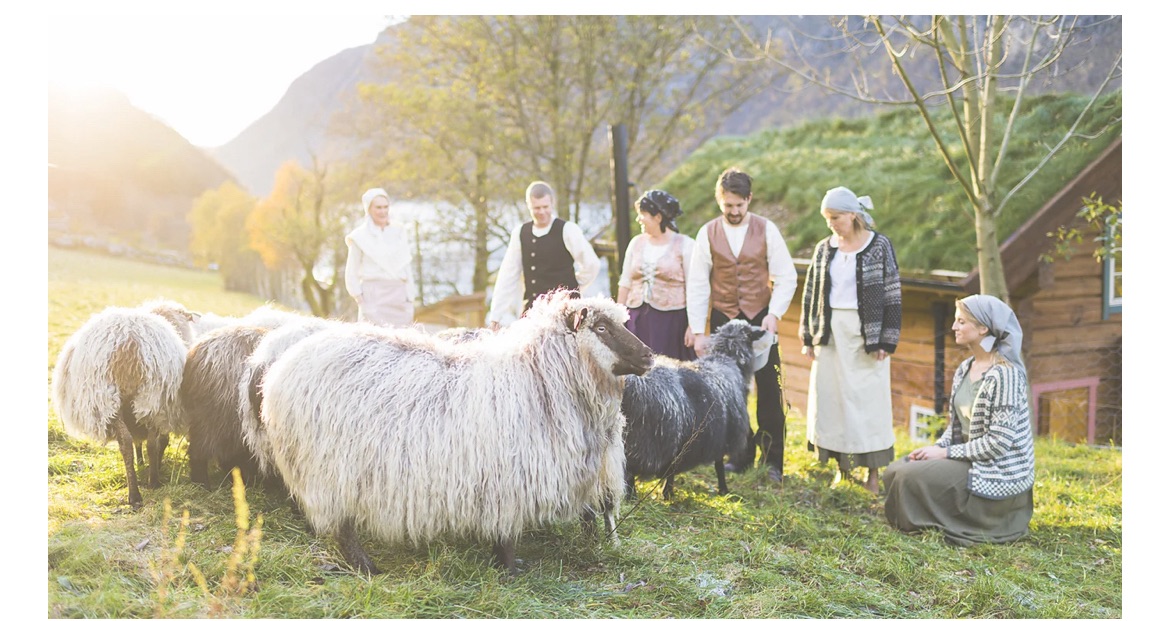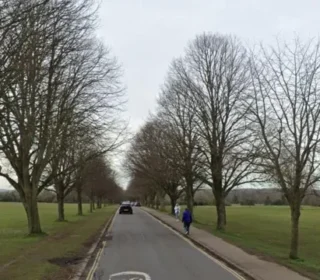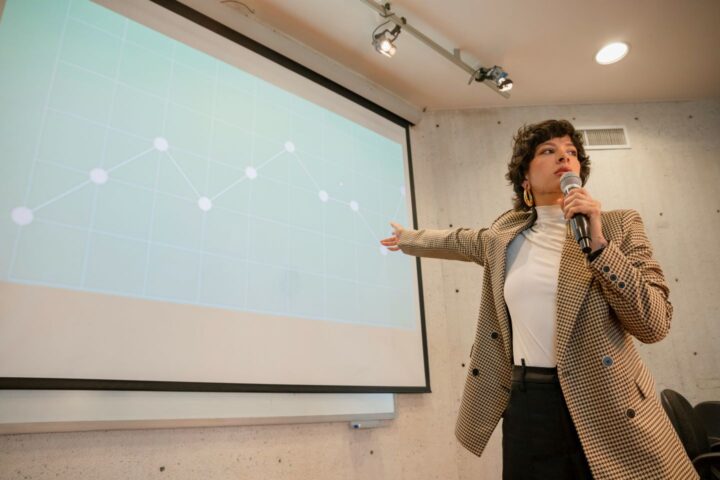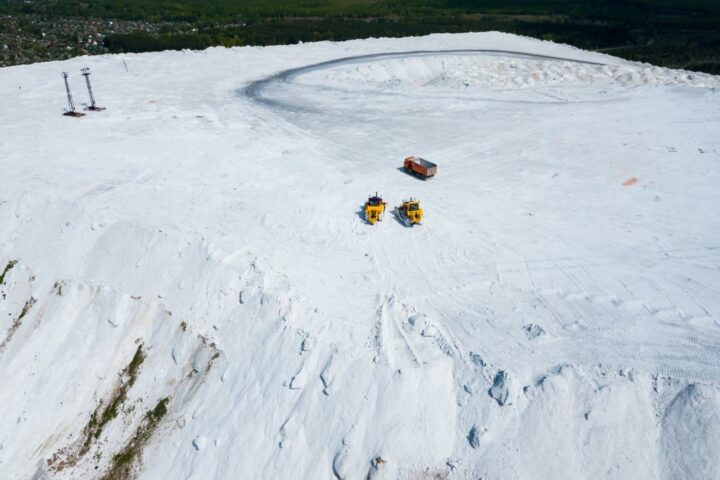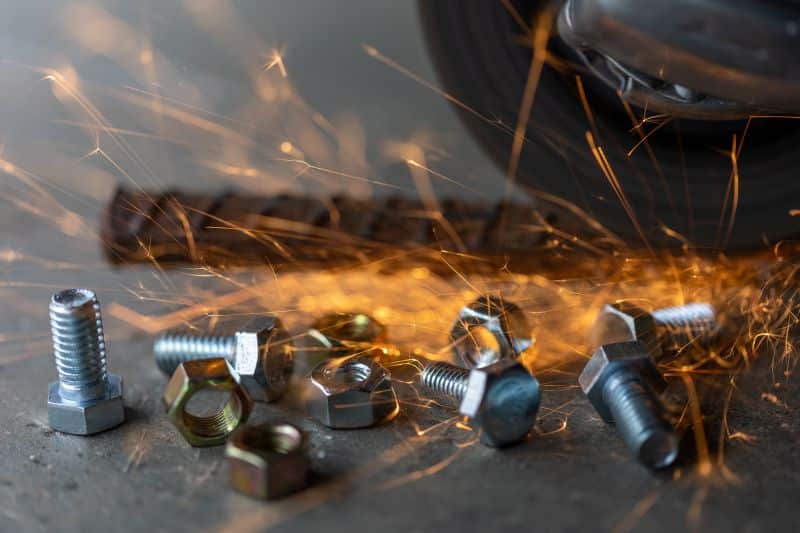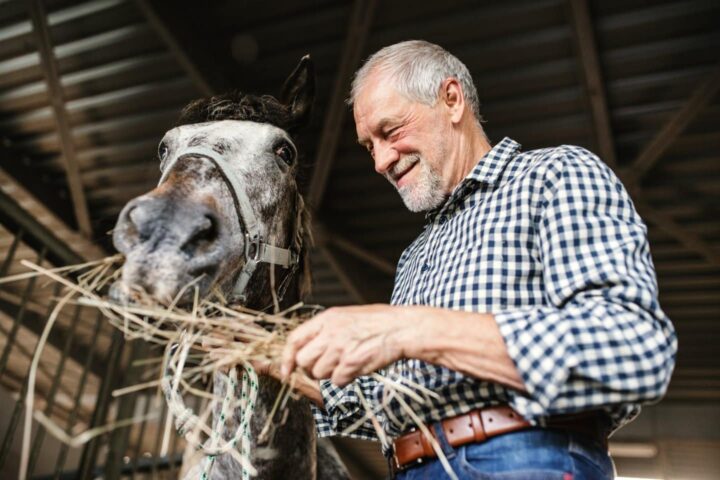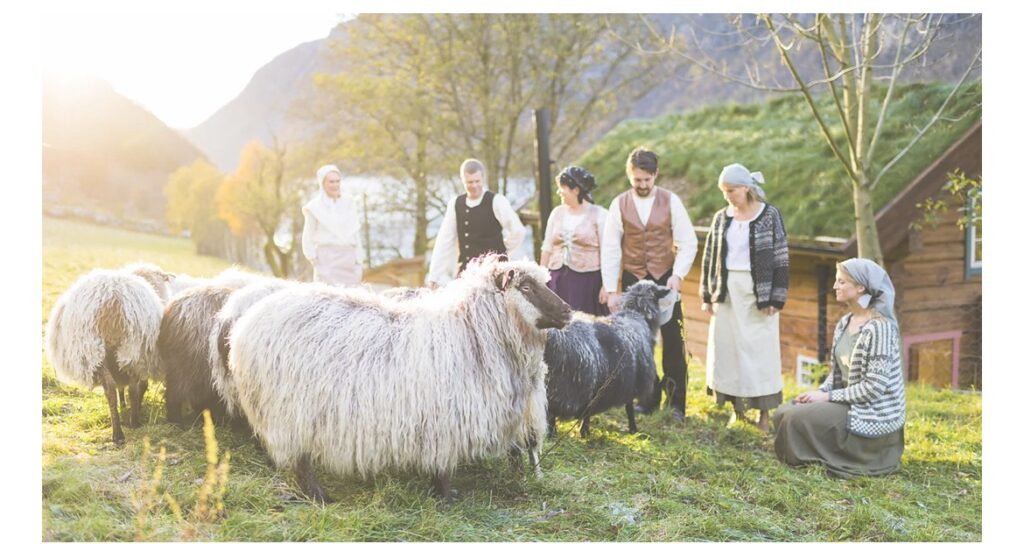
The approach to my accommodation for the night was similar to the ascent into any valley in the Norwegian fjords. Precipitous rocky mountainsides thick with conifer forest increasingly pressed the narrow road to the shores of Haukalivatnet lake. Yet somehow, enfolded in the valley’s upper reaches before the increasingly steep gradient precluded the possibility of settlement altogether, I arrived at some gentler, fertile land.
Reidunn Botnehagen’s family have farmed this land for more than a century and, like many living amidst south-west Norway’s entrancing scenery, also have a countryside cabin here that they rent out to holidaymakers. But Haukali 333, as they’ve named it, is not just another country escape. This cabin openly celebrates its jettisoning of conventional holiday mod cons in order to emulate the lifestyle of those that first settled in Norway’s wilderness nearly two centuries ago.
And her guests, Botnehagen told me, will be all the better for it.
Haukali 333 is based on the design of a husmannshus or smallholder’s cabin. Scattered all over rural Norway, these would have been homes for tenant farmers in the mid-19th Century, who worked on land owned by wealthy landowners and laboured long, gruelling hours to make ends meet. First glamourised by Norwegian writer Henrik Ibsenin the late 1800s, in recent decades the husmannshus has became linked with nostalgia for a rural life lost as modern Norwegians increasingly moved to urban areasand a fixation with refurbishing and reinstating them began.
Cabin culture is on a high in Norway with almost 450,000 cabins and holiday homes existing in the country in 2023, according to Statistics Norway – an increase of more than 8% since 2013. These are used year-round by those who crave an escape in nature, with many kitted out to luxurious standards despite a rustic exterior. But Haukali 333 is unique in faithfully recreating the 19th-Century way of life in order to draw attention to a more sustainable way of living.
It did not necessarily sound like a premise for a relaxing holiday.
“No one is saying that life then was all good,” Botnehagen smiled. “But nor was it all bad. We want to show it how it really was, as much as possible. We think the people who come will discover something as a result.”
When I arrived, the wood-built cabin appeared delightfully rustic, with a turf roof, sky-blue door and window trimmings, sheep grazing its lawn and expansive views out over a mountain-backed lake with just one or two other houses within sight.

